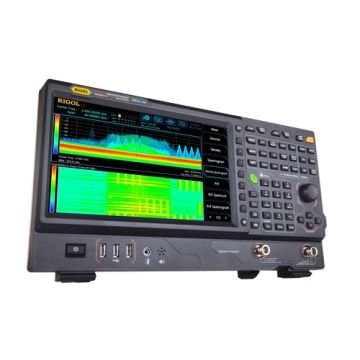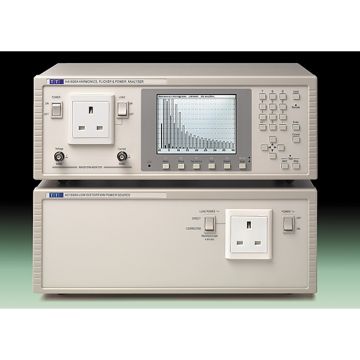Wikipedia definition:
Electromagnetic compatibility (EMC) is the ability of electrical equipment and systems to function acceptably in their electromagnetic environment, by limiting the unintentional generation, propagation and reception of electromagnetic energy which may cause unwanted effects such as electromagnetic interference (EMI) or even physical damage in operational equipment. The goal of EMC is the correct operation of different equipment in a common electromagnetic environment. It is also the name given to the associated branch of electrical engineering.
EMC pursues three main classes of issue. Emission is the generation of electromagnetic energy, whether deliberate or accidental, by some source and its release into the environment. EMC studies the unwanted emissions and the countermeasures which may be taken in order to reduce unwanted emissions. The second class, susceptibility, is the tendency of electrical equipment, referred to as the victim, to malfunction or break down in the presence of unwanted emissions, which are known as Radio frequency interference (RFI). Immunity is the opposite of susceptibility, being the ability of equipment to function correctly in the presence of RFI, with the discipline of "hardening" equipment being known equally as susceptibility or immunity. A third class studied is coupling, which is the mechanism by which emitted interference reaches the victim.
Interference mitigation and hence electromagnetic compatibility may be achieved by addressing any or all of these issues, i.e., quieting the sources of interference, inhibiting coupling paths and/or hardening the potential victims. In practice, many of the engineering techniques used, such as grounding and shielding, apply to all three issues.
Why test?
Electronic products can emit unwanted electromagnetic radiation, or electromagnetic interference (EMI). Regulatory agencies create standards that define the allowable limits of EMI over specific frequency ranges.
Testing designs and products for compliance to these standards can be difficult and expensive, but there are tools and techniques that can help to minimise the cost of testing and help to enable designs to pass compliance testing quickly.
In short, if you design and manufacture a product and want to sell it into most global markets. There will be a governing body that sets a series of standards that your device needs to adhere to, to fulfil this requirement.
Download the EMI Pre-Compliance Testing brochure HERE.
Testing
Whether you’re looking to perform Radiated or Conducted tests or simply debugging… the heart of the system is likely to be a spectrum analyser. If the same analyser has a realtime capability and VNA mode…. then measuring hidden signals and cable losses helps with debugging and system calibration data (cable loss).
Expanded Capabilities Within RSA Series Spectrum Analyzers
- Built in CISPR bandwidths and detectors
- Automated scans of multiple segment
- Limit Lines and automated peak/limit searches
- Up to 3 traces with different detectors
- Log Frequency Display
- Live measurements with 3 detectors at marker or signal
- Corrections for antennas, LISNs, cables, and preamps
Tips for Setting up your Pre–compliance Analyser:
Rigol RSA Spectrum Analyser EMI Scan Example (Initial Set-up)
EMI Measurement Application for RSA Series
Setting up Limit Lines and Margins
Test Report Generation
Emissions (Radiated)
Initial Set of Scan Type (detector), Freq Range and Correction Tables.
Typical Radiated Measurement with Spectrum Analyser
Radiated Test Set-up with a TEM Cell (Miniature)
Emissions (Conducted)
Conducted Emissions Testing with a Real-Time Spectrum Analyzer
Typical Current Clamps:
Immunity (Radiated)
Susceptibility testing with a Signal Source and a TEM Cell
Immunity (Conducted)
Tools that can be used to perform Conducted Immunity Testing.
Signal Generator: DGS800 Series
AR EMCWare 6.0
Debugging
EMC Near Field Probes
YIC Scanner/ Flatbed Scanner



































